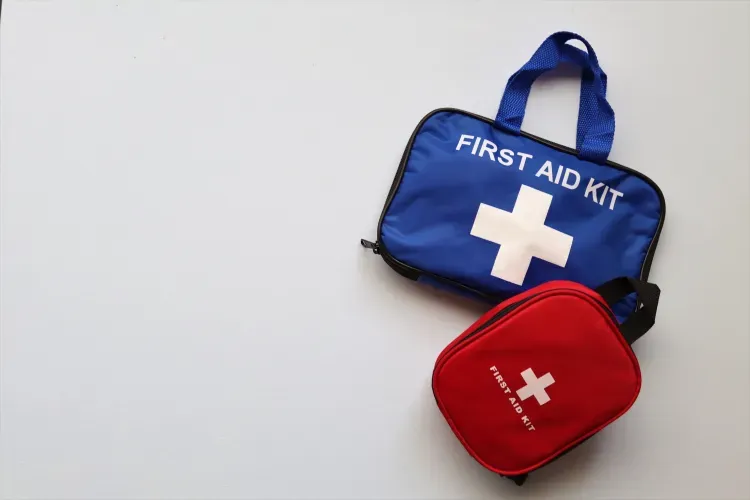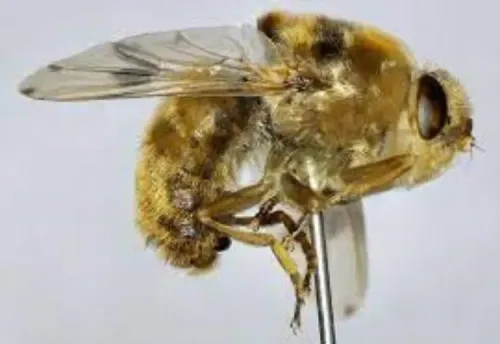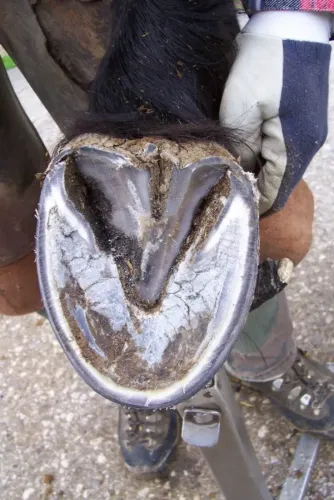
Table of Contents
A horse first aid kit for your equine partner is an investment, and paying attention to your four-legged friend's minor ailments will save many unnecessary expenses and vet bills. Yet not all horse owners have an adequate equine first aid kit. So check here how to create the ultimate provision for your horse's injuries, hoof, and foot problems.
Begin with a robust container clearly marked as an "Equine First Aid Kit." Opt for a sturdy plastic or metal box with a secure, tightly sealed lid. Remember that organisation and accessibility are key, so stick important telephone numbers to the lid of your first aid box (vet, farrier, insurance).
With a good first aid kit you will be able to treat these five potential problem areas:
- Wounds in the form of cuts, abrasions and bruises.
- Skincare issues like mud fever.
- Sprains and strains to soft tissue.
- Foot infections and bruises.
- Things that cause your horse to run a temperature like equine flue.
Remember that early detection is the best way to sort out any medical problem for your horse. So be vigilant, daily check your horse over and then address any emerging issues before they need veterinary assistance.
So what will I need in my horse's first aid kit?
The first aid box should contain requirements for minor horse ailments. Major incidents will need veterinary assistance, but your kit should contain these two items.
Digital Thermometer: A Window to Health
A digital equine thermometer is an invaluable diagnostic tool. Regular temperature monitoring aids in detecting fever or potential health concerns early.
Stethoscope: Sounds of Well-Being
While you're not a veterinarian, a stethoscope allows you to listen for irregular heartbeats or unusual respiratory sounds. This preliminary assessment can offer vital insights.
You will also require a reliable flashlight for inspections and applying first aid in dimly lit areas.
What medical items will my horse's first aid kit have for general wounds?
- Large round-ended scissors that are sharp enough to cut medical material without a struggle. They must be round-ended in case your horse is anxious about a human getting near to a wound.
- Battery-operated clippers to clip the hair around a wound or to check the extent of wound damage.
- Small plastic bowl for solutions to clean wounds.
- Medical cotton wool to some up antiseptic solutions when cleaning a wound.
- Non-stick melolin dressings that can be cut to the size required.
- Softban rolls to provide padding around a wound as required. This is generally when there is an embedded object and you are awaiting veterinary intervention. It will permit bandaging without putting pressure on the foreign object.
- Bandages to support dressings.
- Knitfix conforming bandages for extra support over dressings
- Bandage tape to secure bandages in place.
- Clean towels to pat dry the area that has been cleaned and is around the wound.
What medicines for treating my horse's wounds will my first aid kit have?
Just like with humans, the wounds you will be dealing with will be minor and will not need stitching. So your medicines will be to disinfect and to create a barrier to stop further infection. A sterile saline solution is easily made by boiling water and adding refined table salt. This can be used to flush wounds and irritated eyes.
A mild antiseptic solution can also be made from a weak disinfectant mixed with sterile water. Veterinary wound powder is very useful as it disinfects and controls bleeding from minor cuts. The powder can be thrown at the wound so that there is no noticeable contact which is very useful if your horse is highly sensitive and is a real softee.
Avoid hibiscrub!
Avoid hibiscrub as it is too strong and will kill off healthy cells as well as wound bacteria.
Keeping a horse wound clean
For minor wounds, a mild disinfectant or saline solution applied daily will keep the area clean. The wound can then be left to heal on its own and this is frequently the best practice. If flies are going to be a problem or if your horse has taken to rolling in muddy patches a barrier can be provided by smearing sudocrem on the wound. However, this prevents air from getting to the wound which slows the healing of minor wounds.
What medicines will my horse's first aid kit have for general skin care problems?
Horses can have different skin care issues caused by general insect irritations, allergic reactions, infections, and sunburn irritations.
- General insect irritations
My first aid box contains homemade fly repellent which is cheaper than commercially produced varieties. For more about home-produced fly repellents follow this article suggestion.

Article Suggestion
Solve Horse Fly Problems with Food Additives and Homemade Fly RepellentsSelenium sulphide anti-parasitic shampoo is used for feather mites. For an article on feather mites read here.
- Allergic Reactions
Sweet itch is an example of an allergic reaction caused by the saliva from midge bites. There are many ways to tackle this problem and benzyl benzoate is a highly effective topical cream. Of course, your horse might not get the sweet itch, so you will not need to consider treatments.
- Infections
Mud fever is a bacterial infection of the skin and once this infection is cleared the legs must be kept dry. This means using a barrier to keep water and mud away from the skin and petroleum jelly is a sound barrier. It can also be applied to the sole if a horse is turned out in on snow as it helps to stop snow balling up in the foot.
- Sunburn
Yes, some white-skinned horses get sunburn on the face, mainly around the lower nose. Albino and cremello horses can also get sunburned on other areas These horses will need the same sunblock as you would apply to your body.
So what will I need for my horse's sprains and strains?
Sprains and strains are soft tissue damage and will need to be cooled to help stop inflammation and bandaging for support (also bandage the other front or back leg to give this leg extra support if the horse is resting the damaged leg). You will need bandages and a cooling agent. Cooling wraps are also commercially available. Anti-inflammatories and painkillers are administered for this sort of soft tissue damage. and a small supply of danilon is useful for this purpose.
What will I need in my horse's first-aid kit for foot problems?
With foot problems, be prepared for foot abscesses, bruised soles, as well as white line and frog infections.
Foot abscesses
These will need to be drained and a poultice boot will be very useful to hold the poultice in place. Soaking a foot in warm water containing Epsom salt is a good way of draining mild abscesses. For more serious cases there are many commercially produced poultices and I have used NAF NaturalintX Hoof Poultice.
Bruised sole
For a mild bruised sole where there isn't lameness a few days of box rest will suffice. If your horse is lame you will need to call your vet and then the foot may need poulticing and bandaging under a poultice boot until the problem has subsided.
White line and frog infections
For thrush, copper sulphate is extremely effective and white line infections can be treated with artimud or field past. Just go to the article suggestion suggested her for more on this.

Article Suggestion
How To Cure Horse Hoof InfectionsThe take-home message
Well, you have read about the requirements for a comprehensive horse first aid kit. Now you can have peace of mind and ensure that your equine partner has a 5-star first aid provision. Replace any items that you have used up or are out of date and keep your equine first aid kit where it is easily accessible. Remember to take your horse's first aid kit to any fixtures or competitions your horse is attending.

